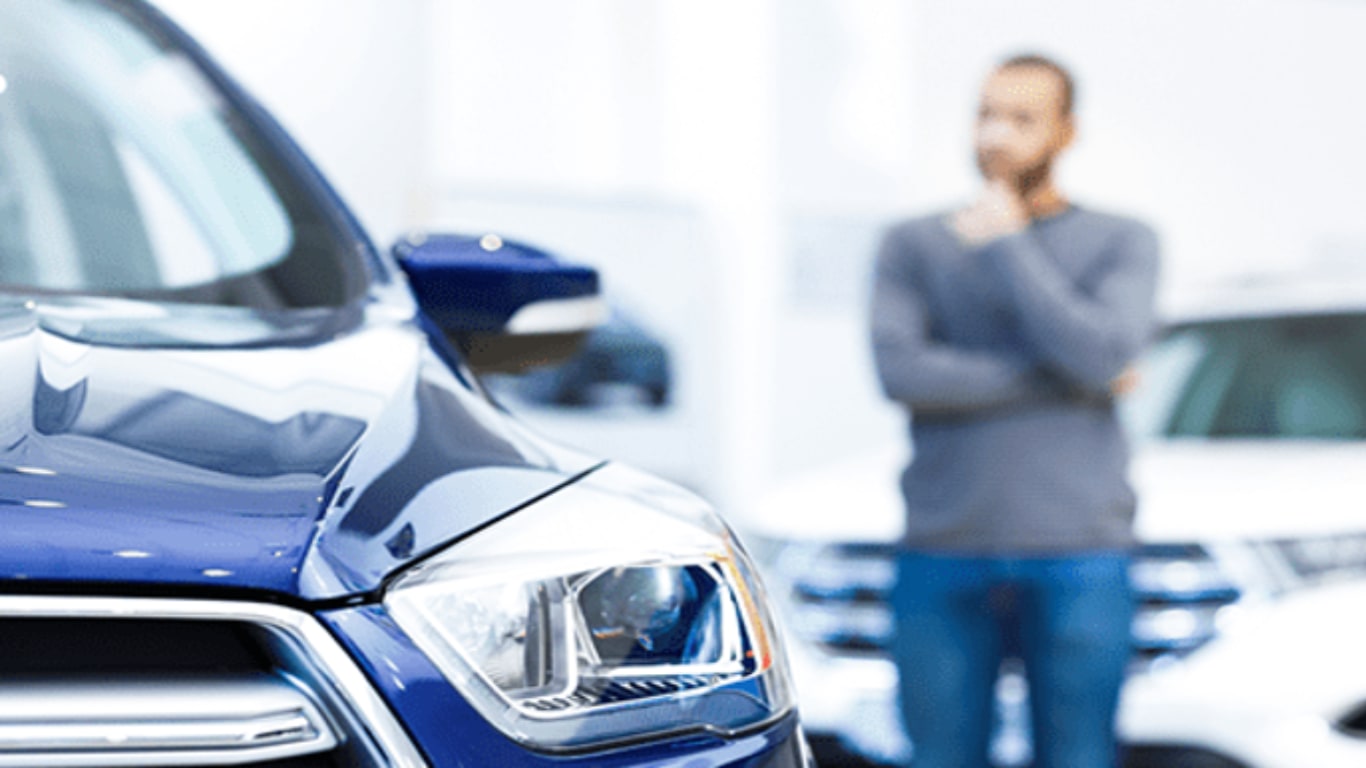

Buying a Used Car Checklist & Tips
Buying a used car can be a sensitive and confusing process. Unless you’re an experienced driver, you may not be sure how to inspect a used car. We have compiled a used car checklist to give you a better idea of what to look for when buying a used car.

Decide on the type vehicle you want
First things first – before you start shopping you need to know what exactly you want. Based on your preferences and needs, come up with a list of essential features separating it from what might be just extra luxury you can make without. Consider such things like vehicle’s price, size, safety ratings, fuel economy, performance, and driving experience. Decide whether you plan to resell the car – in this case, research its resale value.

Do a VIN check
A VIN check can give you details on a particular vehicle, like a year, make, trim, engine size, where it was made, and other specifics. This will ensure you know exactly what car you are looking at, thus making your decision confident. If you know how a VIN number is formed, you can decode it yourself. Alternatively, you can use free services online.

Check car’s year and mileage
The car’s year and mileage are among the things to look for when buying a used car. It will tell you how far it’s gone down its life cycle, and it will give you some clues of what to check when buying a used car. As cars get old, they start requiring more financial investment in repairs. At some point, the cumulative amount of such expenses will exceed the original car price. Knowing the degree of the vehicle’s wear will help you get some idea of how much more money you are likely to spend during the time you intend to keep the car. If you see more than 20K km per year, ask to see if a discount can be offered.

Get vehicle’s history report
This is an important part of buying a used car as it will reveal factual information about its past life. Most importantly, the report will tell you the number of previous owners, the number of accidents, title status, and if there any financial snags, like a lien registered against the vehicle. Knowing the real information about previous accidents and how many km an odometer should show will help you make a confident buying decision. The seller might have the report ready, but you can also get it from CARFAX Canada.

Ask questions
Never think twice about asking questions, if you feel like you’re missing something. A good seller should be able to answer them without trying to evade. For instance, you may want to know why they are selling the car, or has it been treated with regular maintenance. After all, you are paying.

Visual body inspection
It’s important to examine the car’s paint job, rust, and any corrosion as it can tell you what cannot seem obvious at first glance. Check car paint for any faulty spots, peel-offs, and uniformity. If you see any colour mismatch on some parts, it may be a sign of a past accident. Rust on the body may be just a cosmetic issue, but it can also be a deeper problem growing under paint, which may seem Okay from the outside. If you spot rust on the body, check under the hood and the undercarriage to see how far it may have grown.

Tire inspection
Tire inspection is a crucial thing on a car maintenance checklist. First, ensure the tires meet the original specifications. If for whatever reason, like getting non-original aftermarket rims, the tires were changed to a different size, the speedometer may not provide accurate readings, which can put you at risk of getting fined for violating speed conditions. Also, check if the tires are from the same set or if they are at least evenly worn. If you see uneven wear, it may indicate alignment issues. You can inspect the threads using a simple tire toonie test. If any of these checks show that the tires are not in proper condition, you may have to replace them soon at extra cost.

Check underneath
As part of a vehicle inspection checklist, checking under the car is as important as checking the body. Most importantly, you need to check for any leakage that you don’t want to pay from your pocket. Check the ground and the undercarriage to see that. At the same time, look for any signs of rust or corrosion. The salt on Canadian winter roads can be very aggressive, so you need to see that the car has been properly protected with any type of anti-corrosion coating.

Check under the hood
Under-the-hood inspection can easily show a number of things you want to consider at the negotiation of your car purchase.
- General check. Look for any obvious corrosion and rust signs. It is additional information about the car’s past treatment that you want to consider.
- Fluid check. Check levels of engine oil, coolant, transmission fluid, and brake fluid. The brake fluid level can let you predict the brakes’ life expectancy – a low brake fluid level means you are looking at brakes repairs in the nearest future.
- Battery check. Look for frayed cables, corrosion, leaks, and damage.
- Belts check. Worn-out belts may have to be replaced soon. If this is the case, be sure to count that into your negotiation.

Check lights
Ensure all lights work properly, including brake lights, turn signals, headlights, and taillights, as well as interior lights. In case of failure, the reason may be the lights themselves, but very often, it is the wiring problem. Ensure to make this procedure part of your pre purchase car inspection.

Interior check
Not so critical from the safety point of view, interior functionality ensures your driving comfort. Get inside to give a look at upholstery and check for any unusual odours. Then check AC, all window motors, locks, lights, media system – anything you would normally use. You can also check the work of wipers and windshield cleaning system.

Test drive
After you’re finished with all the indoor car inspection, your next step is to take your future car on the road. A good test drive should last about half an hour. This will allow the car to go through all operating cycles: start, warming up and driving. To give a test to the transmission, take a route that has both a city road and a stretch of a highway, do some parking, reversing, and other manoeuvres. Listen to any unusual noises. While doing that, do not forget to get the overall feel and your driving experience.
Related posts


What Are the Most Budget-Friendly Car Options in Canada?

Pros And Cons: Should You Buy A New Or Used Car In Canada?






